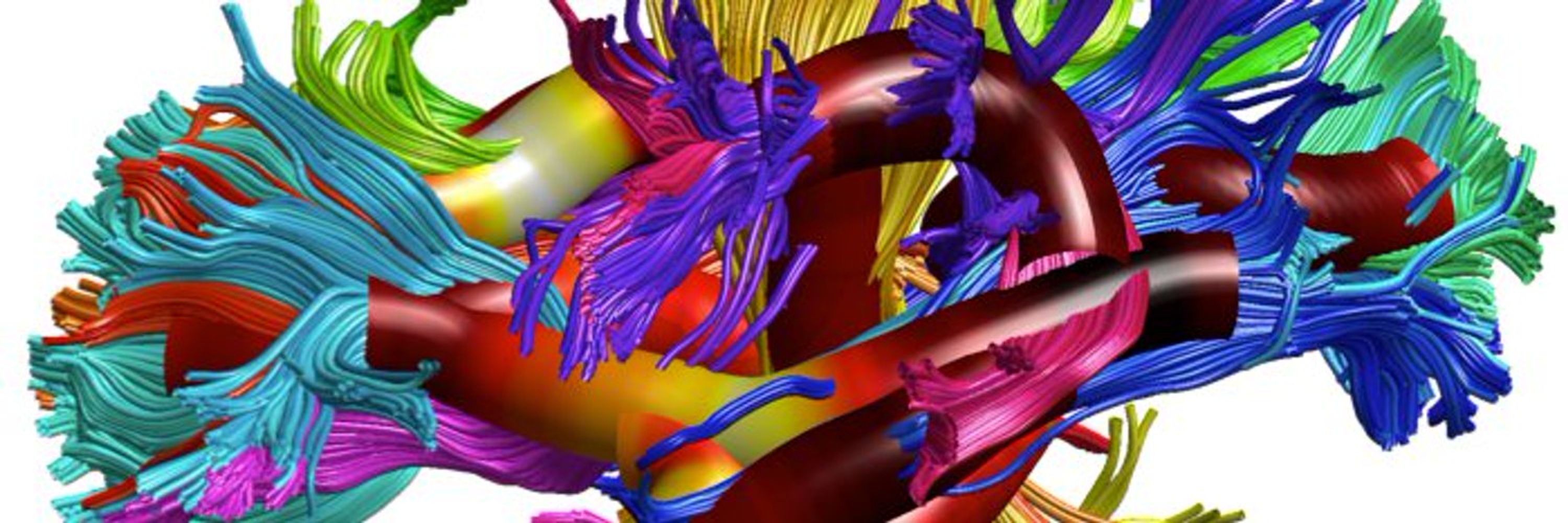
https://meditation.mgh.harvard.edu/
https://scholar.google.com/citations?user=ckejHQkAAAAJ&hl=en
meditation.mgh.harvard.edu
meditation.mgh.harvard.edu/files/Yang_2...
www.biorxiv.org/content/10.1...
May this work benefit many 🙏
meditation.mgh.harvard.edu
meditation.mgh.harvard.edu/files/Yang_2...
www.biorxiv.org/content/10.1...
May this work benefit many 🙏
– Brain regions associated with self-monitoring and internal chatter (e.g., prefrontal cortex) quieted down, while areas involved world sensing and bodily awareness (including visual and midline regions) became more active.
– Brain regions associated with self-monitoring and internal chatter (e.g., prefrontal cortex) quieted down, while areas involved world sensing and bodily awareness (including visual and midline regions) became more active.
meditation.mgh.harvard.edu
meditation.mgh.harvard.edu/media
meditation.mgh.harvard.edu/files/Sacche...
www.newscientist.com/article/2501...
May our work benefit many 🙏

meditation.mgh.harvard.edu
meditation.mgh.harvard.edu/media
meditation.mgh.harvard.edu/files/Sacche...
www.newscientist.com/article/2501...
May our work benefit many 🙏
— Experiential distance between ourselves, others, and the world is profoundly malleable.
— Experiential distance between ourselves, others, and the world is profoundly malleable.
— The mind can be reset, similar to a computer rebooting to cleared settings.
— The mind can be reset, similar to a computer rebooting to cleared settings.

